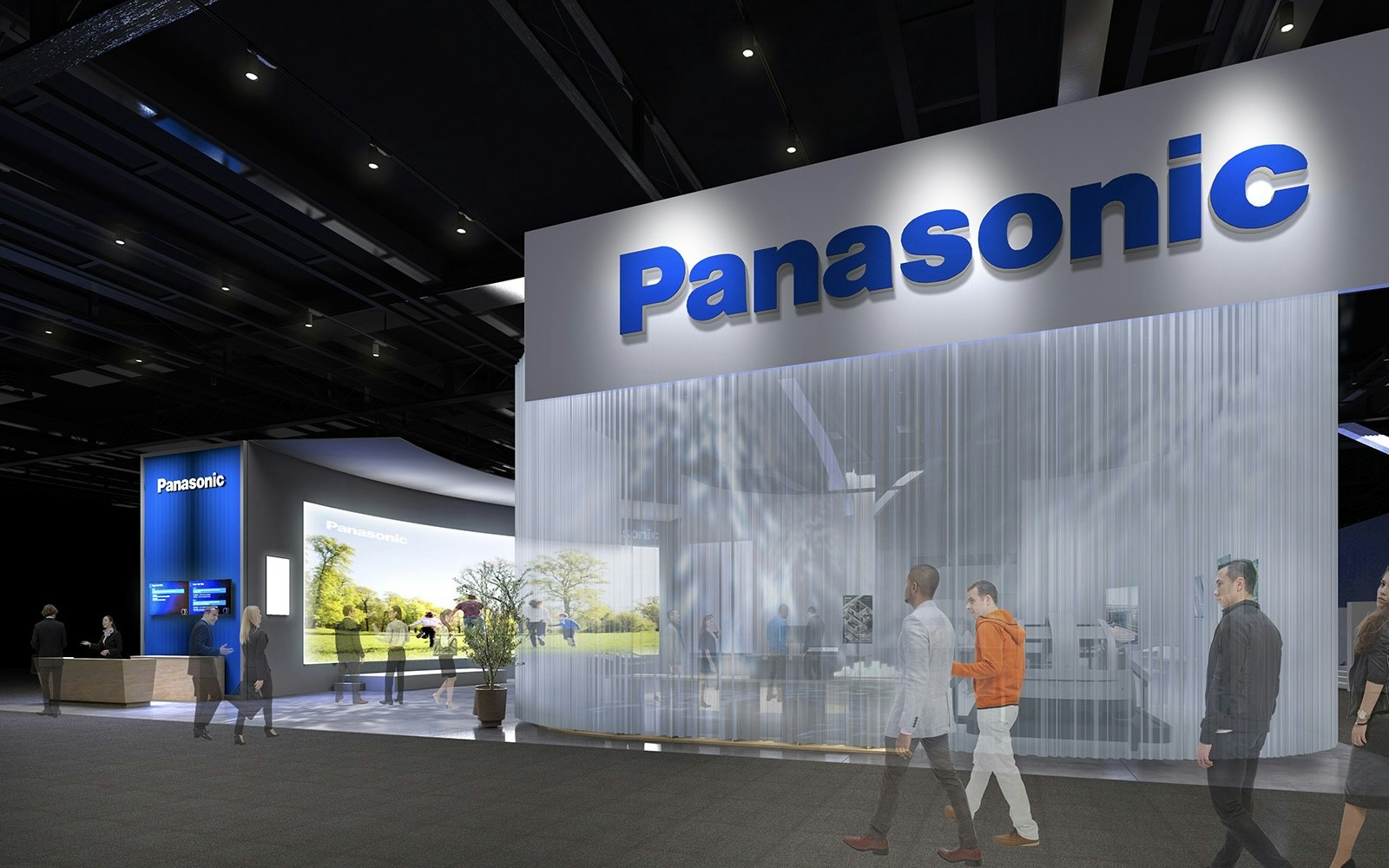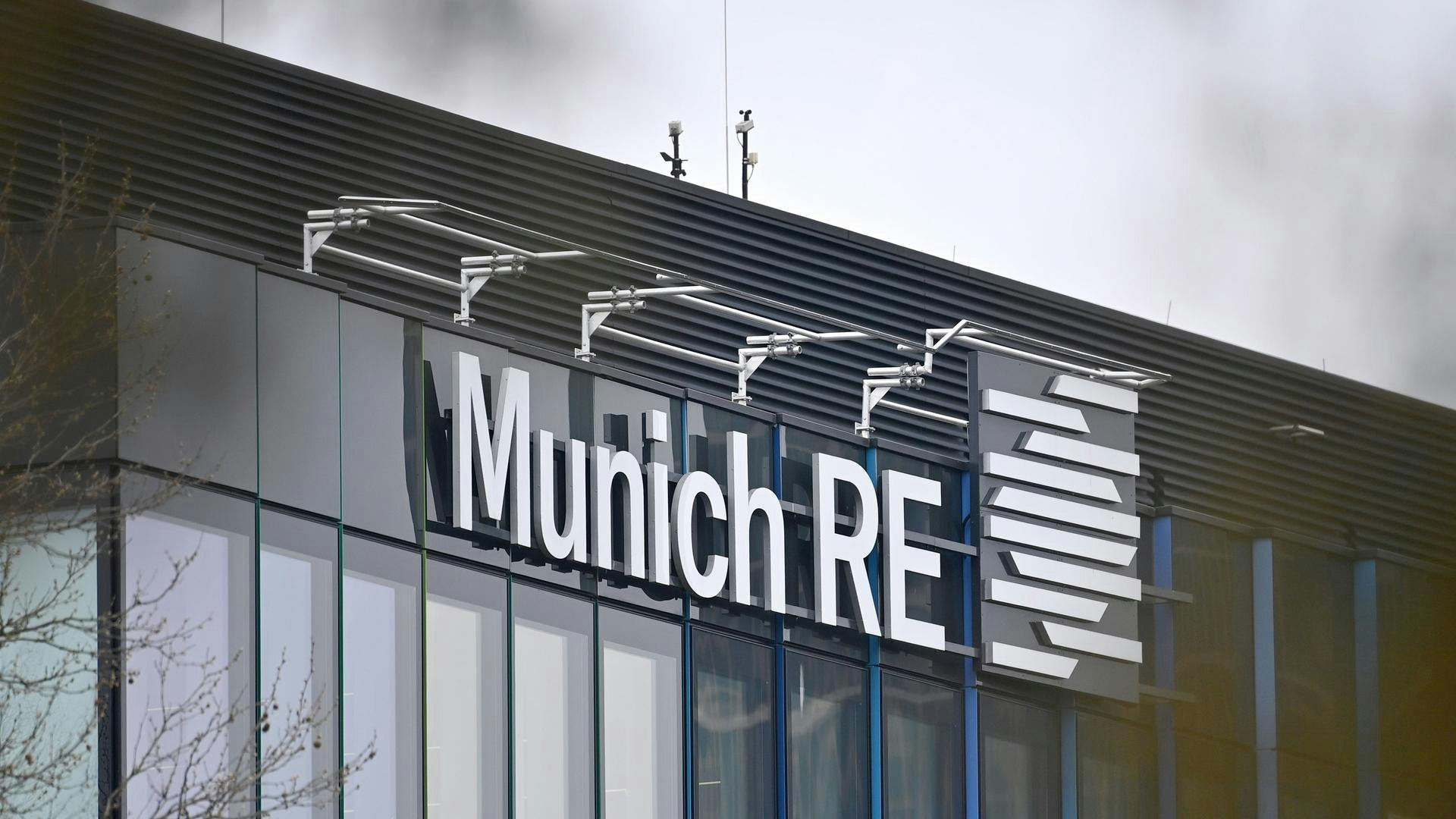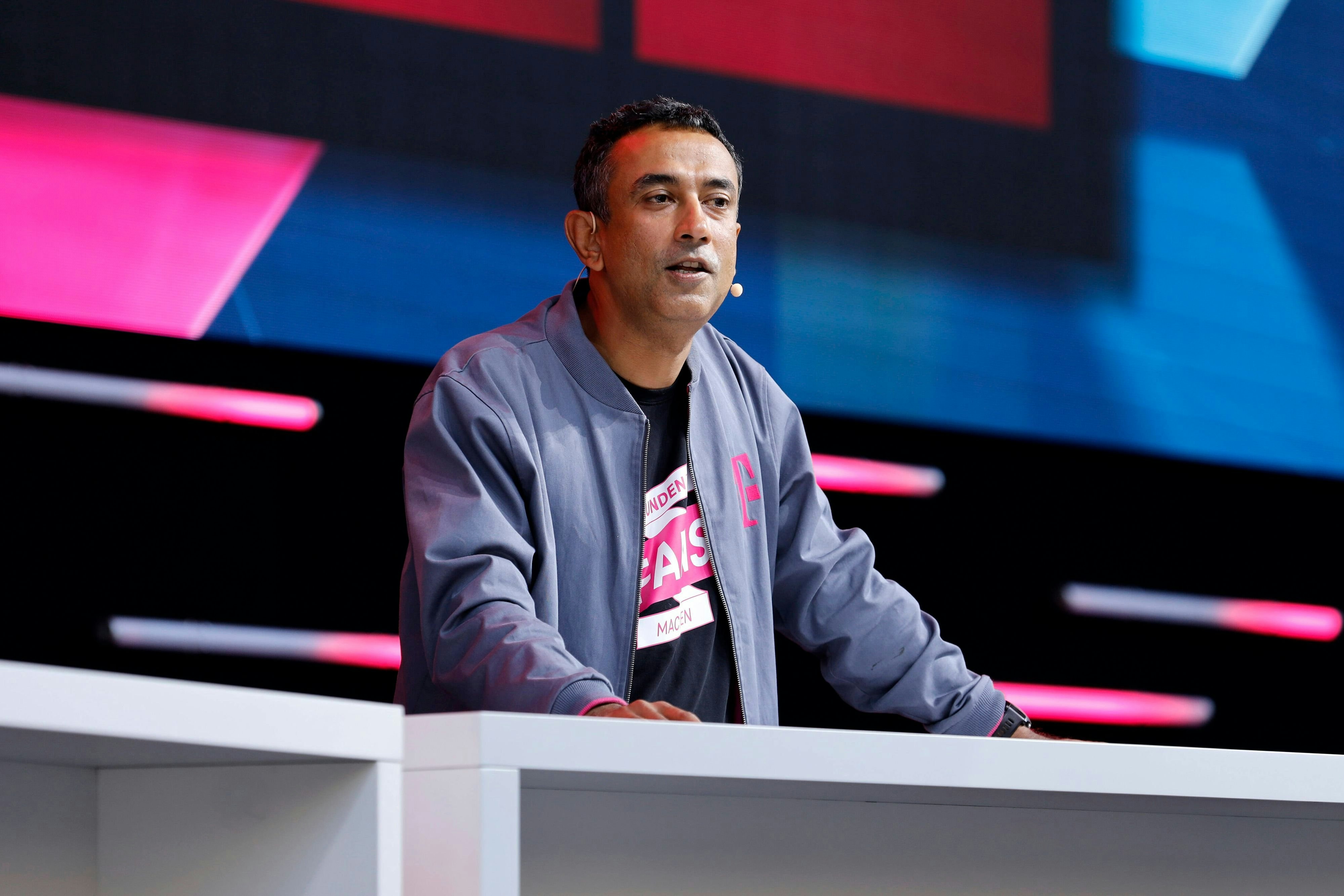Technology
Panasonic Struggles with Strategy: Billion-Dollar Corporation Threatened to Fade in the Shadow of Competitors
Panasonic is grappling with strategic issues, faltering major projects, and legacy burdens, while investors anticipate either a radical restructuring or a gradual decline.

Panasonic generates annual sales of around $57 billion, but its market value has stagnated at 3.75 trillion yen ($25 billion) for a decade. While rivals like Sony, Hitachi, and NEC have sextupled their market value over the past ten years, the 107-year-old company struggles with unclear strategy, sluggish restructuring, and declining market position.
In May, Panasonic announced it would cut 10,000 jobs and streamline its portfolio. However, analysts are calling for a growth story that goes beyond cost reductions. "Panasonic may be at a turning point if it succeeds in formulating a unique growth strategy," judges Ryo Harada of Goldman Sachs.
Valuable technologies lie dormant within the conglomerate: 70 percent of the world's in-flight entertainment systems come from Panasonic, the battery factories are considered efficient, and even in the area of facial recognition, there are applications in medical technology. But investors and potential buyers see a company that does not consistently communicate its strengths.
Private equity groups like Apollo and Blackstone already have parts of the company in their sights. In 2024, Blackstone Japan chief Ryusuke Shigetomi was brought onto the supervisory board—a signal that sales or even a breakup could be considered.
The big bets of recent years have faltered. The battery joint venture with Tesla is losing significance as Elon Musk develops his own cells and Chinese rivals like CATL and BYD apply pressure. The $7.1 billion acquisition of the software provider Blue Yonder in 2021 fell short of expectations, and a planned stock market listing is stalling.
The dependence on U.S. tax credits under the Inflation Reduction Act is high: Panasonic received 121 billion yen, about one-third of the net profit, but the subsidies expire in 2032.
CEO Yuki Kusumi is relying on artificial intelligence, which is expected to generate nearly a third of sales by 2035. Currently, the share is estimated at 2.5 percent. CTO Tatsuo Ogawa speaks of a platform strategy that connects hardware and software for factory automation and data centers. However, the transition is difficult – the founder's old "water tap" principle of making products widely available still lingers.
This is a matter of life and death," warns advisor Francis McInerney. The actual transformation only begins when Panasonic defines in which high-tech sectors it truly leads.





